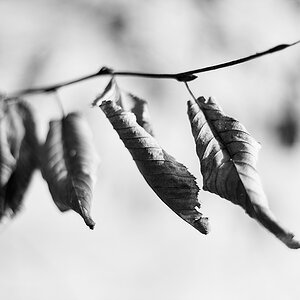christopher
TPF Noob!
I was just reading something about it, expose the negs for 1 second in 100 watt light.. looks nifty. BUT, should the negs be underexposed or does exposure not matter? I'm interested in the effect it makes, (neat outlining, and reversing of the medium range.. or maybe i'm just expecting a lot)
I will try something tomorrow and tell the results. wish me luck!
I will try something tomorrow and tell the results. wish me luck!


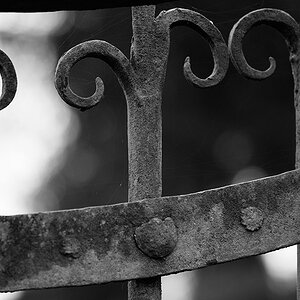
![[No title]](/data/xfmg/thumbnail/35/35266-f58b019dadff6920c09071a847f052c3.jpg?1619736970)


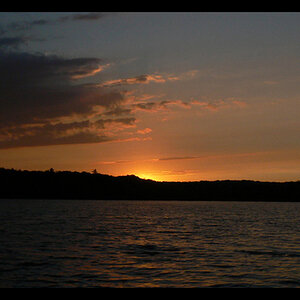
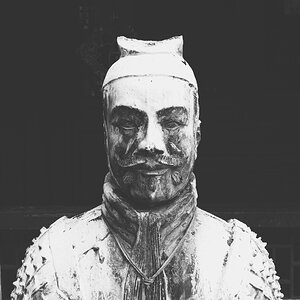

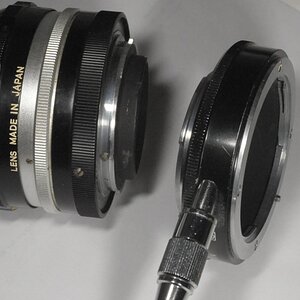
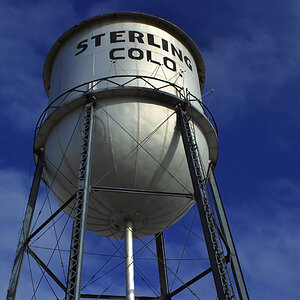

![[No title]](/data/xfmg/thumbnail/30/30987-a33ca8e90b5d786c21e59d37945b9cc6.jpg?1619734552)
